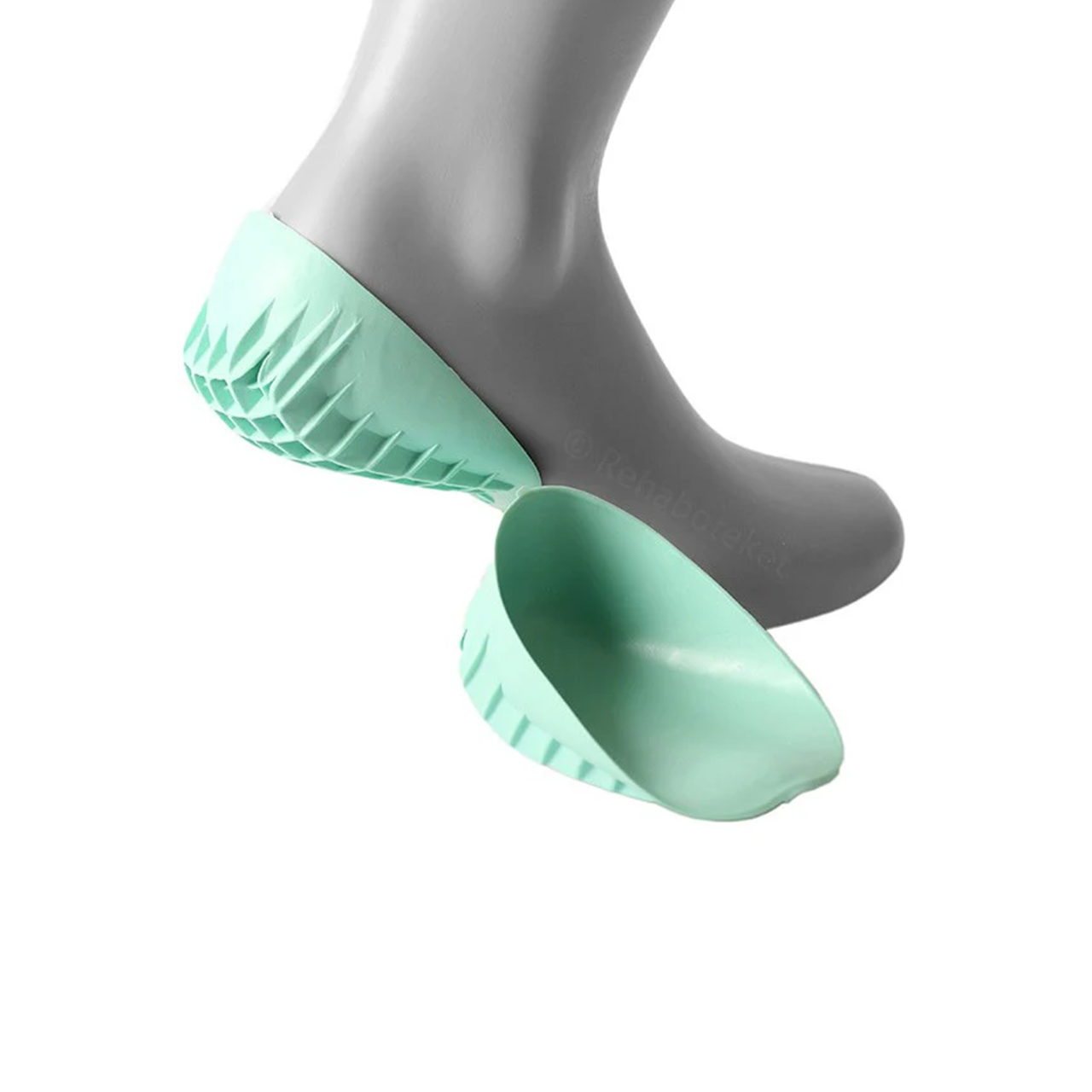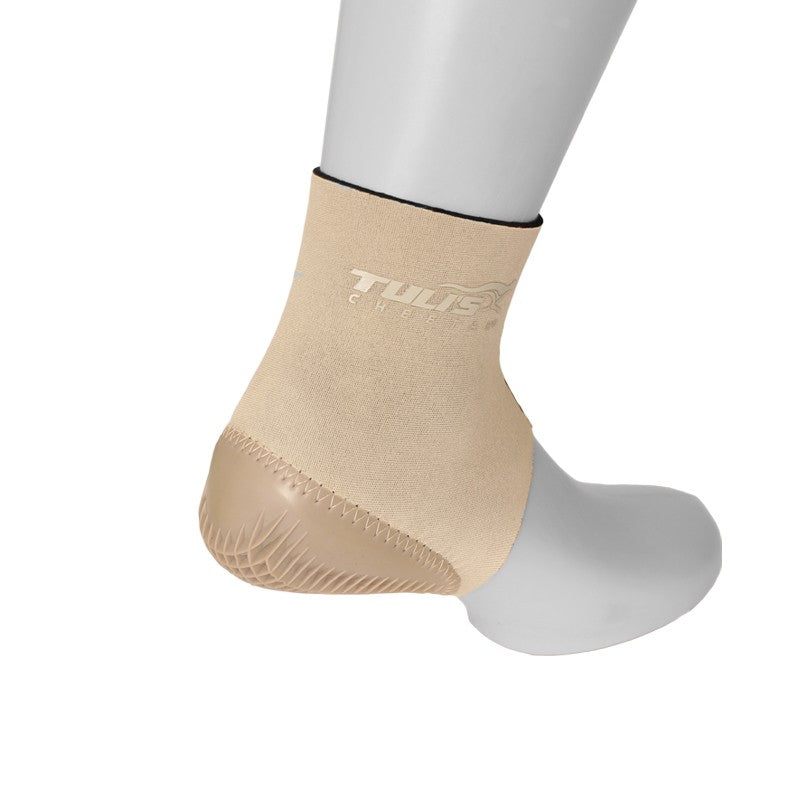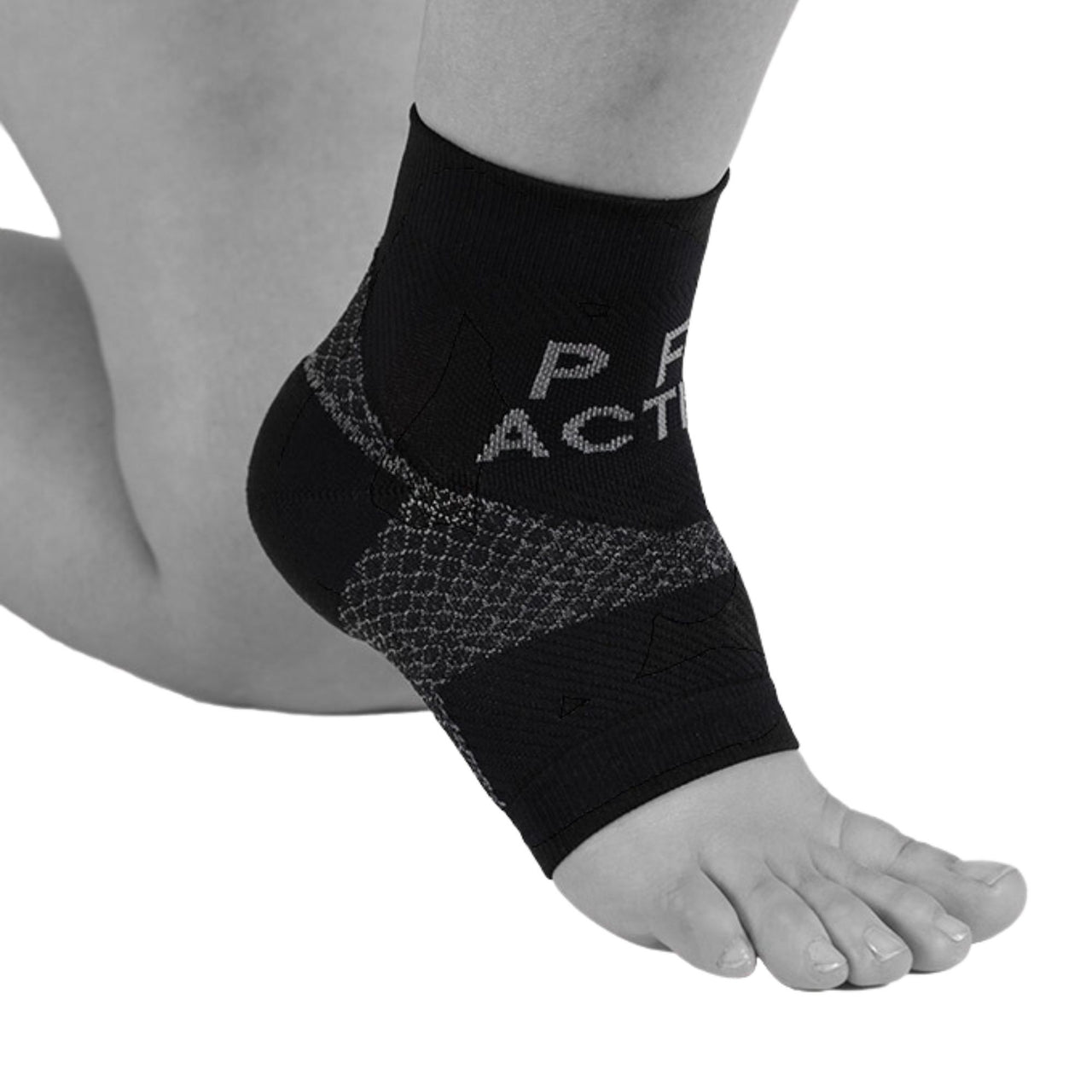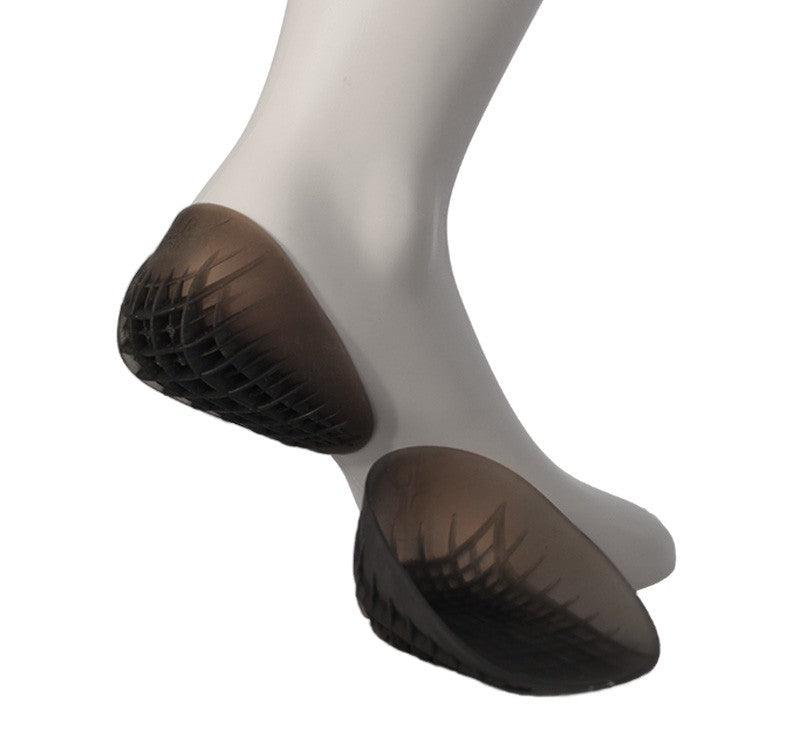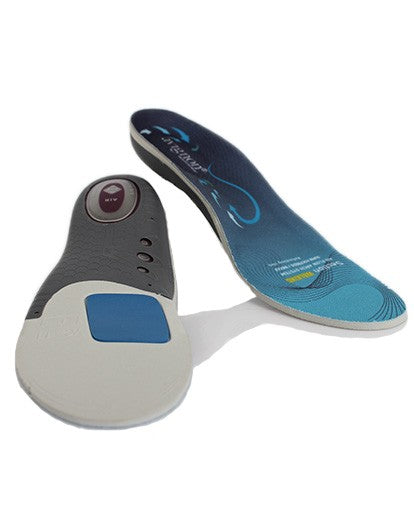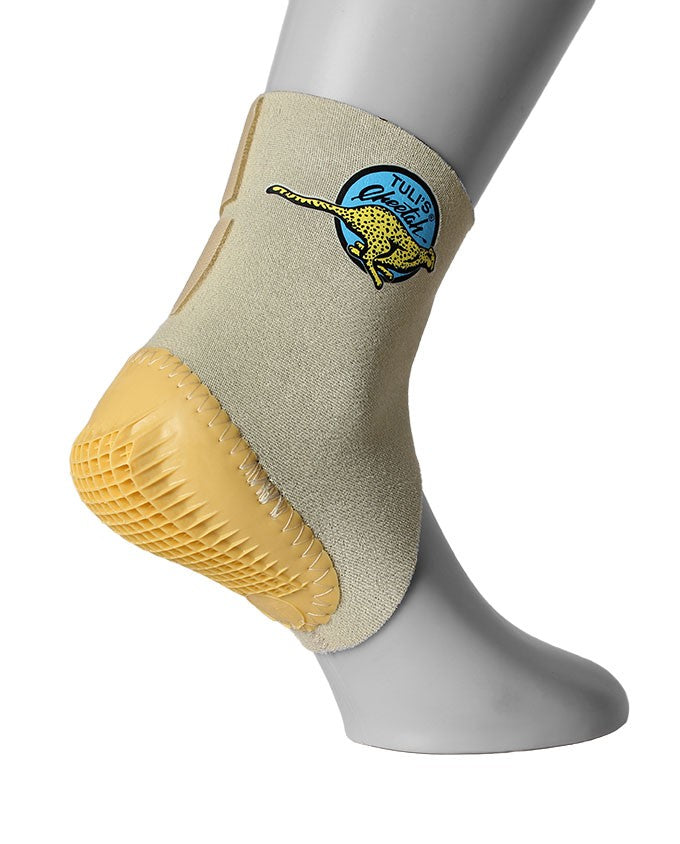Worn out heel cushion – causes, symptoms and shock-absorbing insoles
The heel pad under the heel bone normally acts as one of the body's most effective shock absorbers. When the connective tissue weakens, the fat pad can be pushed outwards and lose its shock-absorbing function, leading to pain and discomfort when under load.
What is a worn out heel cushion?
A worn-out heel cushion, also known as fat pad syndrome, means that the fat pad under the heel loses its ability to absorb shock. The connective tissue segments that hold the fat pad in place are damaged, causing the tissue to be pushed outwards instead of lying protectively under the heel bone. The result is poorer shock absorption and increased load directly on the heel bone.
Symptoms
- Heel pain when walking and putting weight on the heel
- Soreness around the edges of the heel
- Calluses along the outer edge of the heel
- Angular shape on the heel
- The heel cushion feels thin and the heel bone is clearly felt when pressed.
Common causes & risk factors
A worn-out heel cushion is often caused by prolonged stress on hard surfaces, especially in unsuitable shoes. Other common causes include repeated impacts, rapid weight gain, walking barefoot on hard surfaces, or age-related changes in the connective tissue that reduce its elasticity.
When should you seek medical attention?
If you have persistent heel pain that does not improve with weight-bearing and good shoes, you should contact your healthcare provider. The same applies if you experience severe pain when putting weight on your foot or suspect other underlying problems in your foot.
Recommended protection & support
A heel cup is the most effective aid for a flattened heel cushion. It combines shock absorption and stabilization by collecting the fat pad under the heel bone. This reduces the load on the outer edge of the heel and provides more natural shock absorption. Anatomically designed heel cups made of durable and shock-absorbing material can greatly reduce pain, while preventing the fat pad from being pressed outwards. The effect is enhanced when the heel cup is used together with a stable heel cap in the shoe, which provides extra support for the heel cushion. See all our products for foot and heel here.
About our Injury Guide – quick guidance in case of complaints
In our Injury Guide, you will receive clear and easy-to-understand information about common injuries, how they occur and what symptoms usually occur. You will also receive recommendations on which protection and aids can relieve your discomfort and help you further in your rehabilitation. All information is based on expert knowledge from our licensed physiotherapist.
For more information about the foot and heel, you can read more in the Injury Guide Foot & Heel, and you can also go to the Injury Guide's main page to read about other injuries and symptoms.
Related injuries:
Find the right protection for your needs
There are several ways to find the right product on our website. For a more personalised selection, you can use our filters and sort by injury, body part or sport. You can also get help from our AI assistant Eir , who is trained on all the content on our website and can help you with product recommendations, fit questions and order-related concerns – 24/7. If you would rather speak directly to our licensed physiotherapist, Ida, you can reach her via email or phone for personal advice and support in your product selection.

